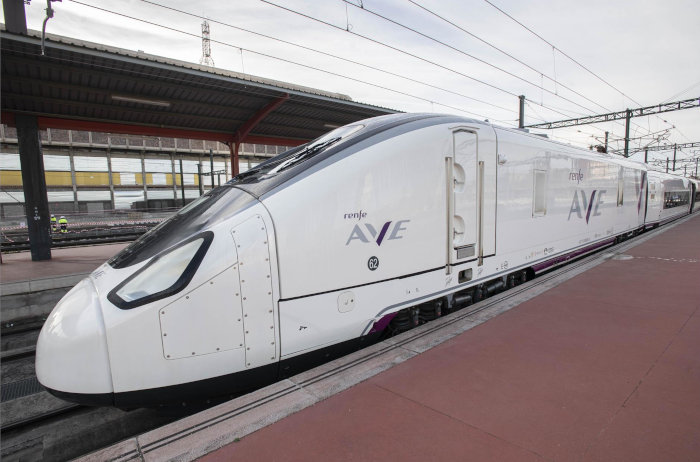
Oscar Puente, Spain's Minister of Transport, has announced the forthcoming modernisation of the Madrid-Barcelona high-speed line, inaugurated in 2008. The aim of these future works is to increase the speed of the high-speed trains to 350km/h in order to reduce the journey time to 2 hours, compared with 2h30 to 2h50 according to the current timetable.
As well as reducing journey times, the government hopes to improve traffic flow on this route, the most important in Spain, and to increase capacity, with 15 million passengers already carried each year, compared with 2.2 million when it first opened. As Spain was a forerunner in opening up the route to competition, it is the subject of a fierce commercial battle between Renfe, the national company operating its AVEs, trains Iryo and the Ouigo of the SNCF.
Two new stations planned
The project calls for the construction of two stations: El Prat, to link up with Barcelona airport and the Catalan capital's suburban rail network, and Parla, to the south of Madrid, to facilitate connections between the various lines of the high-speed network, with Andalusia and Catalonia in mind. The idea is to emulate the success of the Massy TGV station in France, so that passengers do not have to go into the centre of Madrid to change trains. As well as relieving congestion at Atocha station, Parla would also have the advantage of reaching a catchment area of 6 million people within a 1-hour radius.
Although the Transport Minister did not give a precise date for completion, this project is part of the Spanish government's 2030 plan to develop sustainable travel as part of the commitments made by the country at the COP. An initial budget of €2.3m has been earmarked to launch feasibility studies for the Madrid bypass and the two new stations. Work will also eventually be carried out on the tracks, with the laying of new sleepers expected to increase the speed of high-speed trains by 12%.























